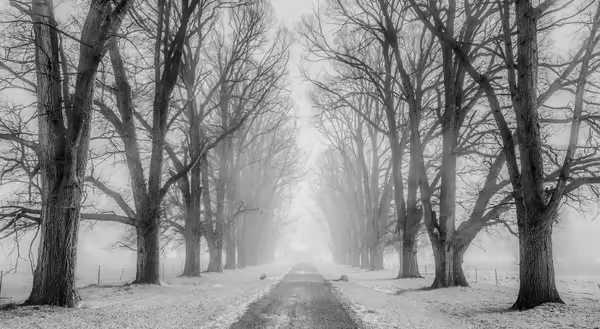
Written by Rhonda Ferree, retired horticulture educator
Unfortunately, the winter has taken a toll on many plants. Evergreens are especially impacted, many showing significant winter desiccation or even death. The severe cold winter compounded plant stresses already inflicted by recent severe droughts and other weather extremes. Not only did trees likely not have enough internal reserves going into winter, but they were also not able to take up more water during the winter due to deeply frozen soils. Be on the lookout for secondary pests to invade and cause further decline. The best solution is to use good plant health care practices to try to revive tree roots and reserves.
A common question after such a hard winter is how it will impact pest levels this summer. My answer is usually not as positive as some people want it to be. Contrary to common belief, a hard winter does not have much impact on most insect levels. Retired University of Illinois Extension entomologist Dr. Phil Nixon provides more on this topic below.
Most of the insect species that occur in Illinois range from Atlanta, Georgia into Canada, so there are few changes in our insect fauna in warm and cold winters. In other words, we would need to experience a winter colder than what is typical for International Falls, MN to see much of an effect on the insect populations. Even though we are experiencing a cold winter (and spring) for our part of the country, it is probably having little effect on our insects.
During fall, outdoor insects produce glycerol, ethylene glycol, and other compounds to lower the freezing point of their cells. Anti-freeze that we add to our car's radiator contains ethylene glycol. These and other factors set the supercooling temperature for individual insect species. Essentially, cold damage is unlikely to occur in insects much above the supercooling threshold.
For example, research found that emerald ash borer supercooled to 25 degrees F below zero, with little mortality above that temperature. According to the Illinois State Water Survey, no Illinois location reached that low a temperature this winter. The coldest day recorded in Peoria was 17 degrees F below zero on January 1, 2018.
Some insects are marginally hardy in this climate, and thus their numbers may be affected. For example, white grubs that feed on turfgrass roots migrate deeper into the soil to escape freezing temperatures, but most Japanese beetle grubs do not migrate deeper than 11 inches. If frozen for at least three weeks, the grubs will start to die. In previous years, deeply frozen soils for several weeks have reduced Japanese beetle populations by about 2/3.
Learn more about Living with Japanese Beetles during an upcoming Four Seasons Gardening Webinar when horticulture educator Dr. Ken Johnson discusses ways to manage them in your landscape. The program is presented live for live home viewing on May 1 at 1:30 p.m. and again on May 3 at 6:30 p.m. Following the session, a taped version is available on YouTube. Registration and YouTube information are found at http://web.extension.illinois.edu/hmrs/4seasons.
With few exceptions, it appears that reports of the cold weather reducing insect numbers have been more wishful thinking than reality.
MEET THE AUTHOR
As horticulture educator, Rhonda Ferree inspired citizens in local communities to grow their own food and improve their home landscapes. She focused on high quality, impactful programs that taught homeowners how to create energy-efficient landscapes using sustainable practices that increase property values and help the environment.
After 30 years with University of Illinois Extension, Rhonda retired in 2018. She continues to share her passion for horticulture related topics as “Retro Rhonda” on social media.
ABOUT THE BLOG
ILRiverHort is a blog that helps people connect to nature and grow.